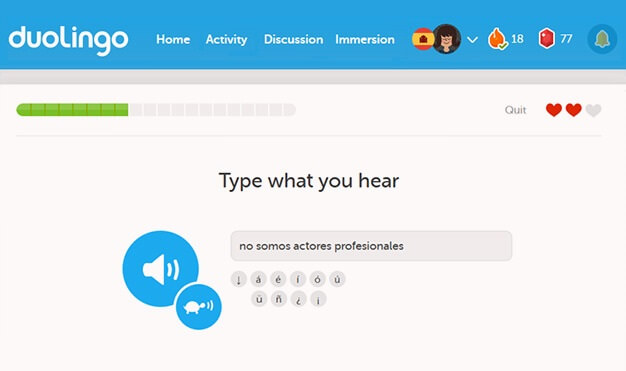If you’re like most people, Spanish in high school was probably a nightmare — two or three years of memorizing vocab and the only word you remember how to say is pantalones. I hate to break it to you, but the only way you’re passing your Spanish intro course in college is to actually learn some of the language. We get it; mastering a new tongue is hard, especially if you just want to earn your credits and run. But for those who genuinely want to speak more Spanish than Dora the Explorer, we’ve compiled ten exercises to help you through that first semester.
1. Forget what you know

2. Read children’s books

3. Balance Your Skillset

4. Absorb Spanish Media
Mastering the pronunciation of a new language is impossible if you don’t carefully listen to native speakers. Fortunately for you, every year the Spanish-language film industry pops out gems like Pan’s Labyrinth (if you’re into dark fantasy) and Contracorriente (a queer romance film that actually isn’t utter camp). If you’re not much of a movie buff, dive into the Spanish music scene to keep your ears fresh. Spanish pop and indie rock, for example, actually aren’t all that much different from their English counterparts.
5. Follow the news

6. Constant Vigilance

7. Make a friend

8. Ask Siri

When you’re bored in your medieval literature lecture, whip out your phone and play a few rounds in one of the most popular language learning apps, Duolingo. It’s essentially a mini-game version of the Rosetta Stone program (except it’s free): you learn words by associating them with pictures shown, which helps cement the meaning in your memory. Download the Google translator app too; the translations aren’t always perfect, but it’s a lifesaver when you’re stuck on a word in conversation. Or if you keep your phone in your lap during class.
9. Seek Out Patterns

10. Sometimes You Just Gotta Force It




















